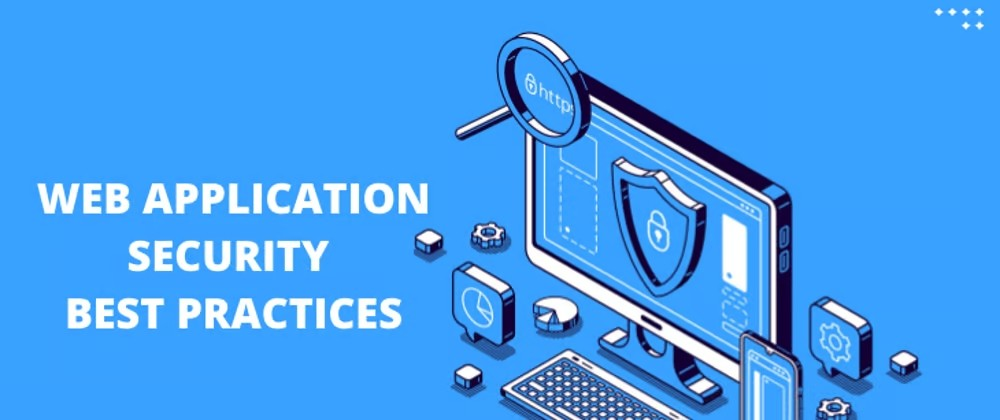In an era where cyber threats are continually evolving, maintaining robust site security has never been more crucial. As we move into 2024, the landscape of cybersecurity continues to change, demanding up-to-date strategies to protect websites from malicious attacks. This article outlines the best practices for site security in 2024, ensuring your online presence remains safe and secure.
Regular Software Updates
Update CMS and Plugins: Ensure your Content Management System (CMS), plugins, and themes are always up to date. Outdated software can have vulnerabilities that hackers exploit.
Automated Updates: Enable automated updates where possible to reduce the risk of missing critical patches.
Strong Authentication Measures
Two-Factor Authentication (2FA): Implement 2FA to add an extra layer of security. This requires users to provide two forms of identification before accessing their accounts.
Complex Passwords: Enforce the use of strong, unique passwords for all user accounts. Encourage regular password changes and avoid using common words or sequences.
Secure Hosting Environment
Choose a Reputable Hosting Provider: Select a hosting provider known for strong security practices, including regular backups, malware scanning, and DDoS protection.
Use Secure File Transfer Protocol (SFTP): Always use SFTP instead of FTP to securely transfer files between your computer and server.
Data Encryption
SSL/TLS Certificates: Ensure your website uses HTTPS by installing an SSL/TLS certificate. This encrypts data transmitted between the user and the server, protecting sensitive information.
Data at Rest Encryption: Encrypt sensitive data stored on your servers to prevent unauthorized access in case of a breach.
Regular Backups
Automated Backups: Set up automated backups of your website and databases. This ensures you can quickly restore your site in the event of data loss or corruption.
Off-Site Storage: Store backups in a separate location from your primary server to safeguard against physical threats like fire or theft.
Web Application Firewall (WAF)
Implement a WAF: A Web Application Firewall helps protect your site from common threats like SQL injection, cross-site scripting (XSS), and brute force attacks.
Regularly Update WAF Rules: Ensure your WAF is regularly updated with the latest threat detection rules to stay ahead of new vulnerabilities.
Secure Coding Practices
Sanitize User Inputs: Always validate and sanitize user inputs to prevent injection attacks.
Use Prepared Statements: When dealing with database queries, use prepared statements to protect against SQL injection.
Monitor and Audit
Regular Security Audits: Conduct regular security audits to identify and address vulnerabilities. This includes code reviews, penetration testing, and vulnerability assessments.
Continuous Monitoring: Implement continuous monitoring tools to detect suspicious activities in real-time. Respond promptly to any security alerts.
Access Control
Limit User Permissions: Only grant necessary permissions to users. Avoid giving administrative access unless absolutely required.
Review Access Logs: Regularly review access logs to detect any unauthorized access attempts or unusual activities.
Security Awareness and Training
Employee Training: Educate employees about cybersecurity best practices and the importance of site security. Regular training sessions can help prevent social engineering attacks.
Phishing Simulations: Conduct phishing simulations to test and improve your team’s ability to recognize and respond to phishing attempts.
Implementing Content Security Policy (CSP)
Define CSP: Implement a Content Security Policy to control the sources of content that can be loaded on your website. This helps mitigate the risk of XSS attacks.
Regular Updates: Regularly review and update your CSP to adapt to new security threats and website changes. As cyber threats continue to evolve, staying ahead with the latest site security best practices is imperative. By implementing these best practices in 2024, you can protect your website from potential threats, safeguard your users’ data, and maintain the integrity of your online presence. Regular updates, strong authentication measures, secure hosting, data encryption, and ongoing monitoring are key components of a comprehensive security strategy. Stay vigilant, proactive, and informed to ensure your site remains secure in the face of ever-changing cyber risks.













